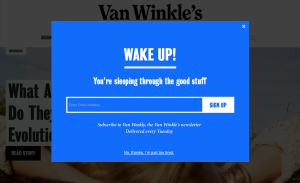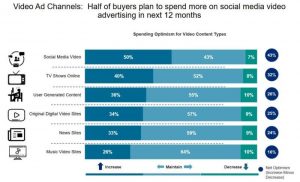
As organizations embrace mobile, social, big data, and cloud solutions, and as digital literacy becomes a prerequisite for the workplace, a very large contingent of people is silently left behind without many people noticing them. Because most of the digital world is, err, digital, it’s not always obvious that so many people are still outside that reality. In the physical world of learning, you can easily notice the kids who become disengaged, or who struggle to follow the activities of the rest of the class. You see it in their body language, their test results, and in their lack of participation. But those users shying away in the digital realm are pretty much invisible. They stay away from using the new digital tools, don’t fully understand the digital jargon spoken by their peers, and don’t ask questions, as peer pressure makes them think that they are the only ones who are not “in the know.” There is also a misconception that everybody who’s 30 or younger automatically lives and breathes all things digital, and older generations are always slow in adopting new habits, when the digital divide is not necessarily one of age, but one of “learnable” skills.
In reality, the number of people who feel out of their element when people start talking about selfies, hashtags, gamification, “following” and “friending,” ROFL, the API economy, the sharing economy, WhatsApp, Kik, Snapchat, retweets, Uber, and Airbnb is not insignificant at all. It’s hard to get real stats on it, the same way that is very hard to collect stats on anything with a social stigma, but if we could test everybody in our workplace with standardized tests on how digitally proficient they are, I suspect that more than half would fail at least a few key parts of it.
One of the major myths behind digital literacy is that it’s so intuitive that even babies “get” it. Somehow, everything digital is supposed to be so easy that nobody will ever need training to get good at it. After all, nobody gets training in Google, Facebook or iPhones. We just use them.
As you start looking at this closer, you’ll notice that most people who use Google, Facebook and iPhones only use a very small subset of their capabilities. While it’s true that the small subset used by most users is sufficient to get value from those tools, it’s also true that knowing how to use the more advanced capabilities would improve their experience and the value derived from those tools considerably.
Furthermore, there is a certain correlation between simplicity and value. It’s much easier to learn how to walk than to learn how to ride a bike. Kids “intuitively” learn how to crawl, and then how to walk. Biking is not that intuitive: if you give a bike to a person who never tried it before, it will take time and very likely some guidance for that person to achieve proficiency. Driving a car or flying an airplane requires further training and governance.
Likewise, some of the new digital tools we use at work are very intuitive and can be learned without much formal training, but often those tools are also of very limited use. Many of the more sophisticated digital tools being adopted at modern workplaces will require much more than just letting people to figure them out. Just assuming that, if a tool is not intuitive enough for users to adopt it naturally, it’s somehow’s the tool’s fault is an oversimplification that hurts organizations in the long term.
For us to fully realize the potential of a digital workplace, we must recognize that being digitally savvy should not be the natural privilege of a the gifted few, but the right of everybody in the organization. There’s no shame in not knowing how to use a hashtag or how to Uber your way to a restaurant, but there should be pride in slowly but certainly conquering the peak of digital proficiency.
Digital & Social Articles on Business 2 Community(128)







